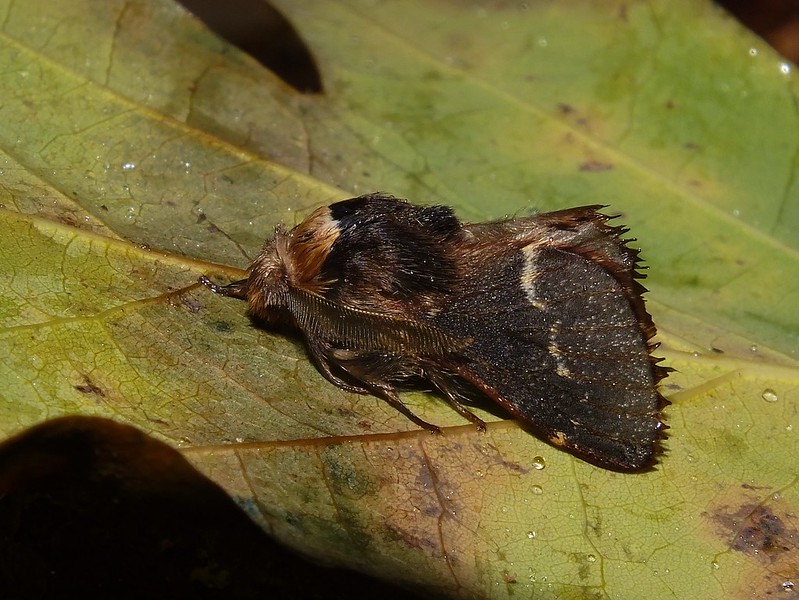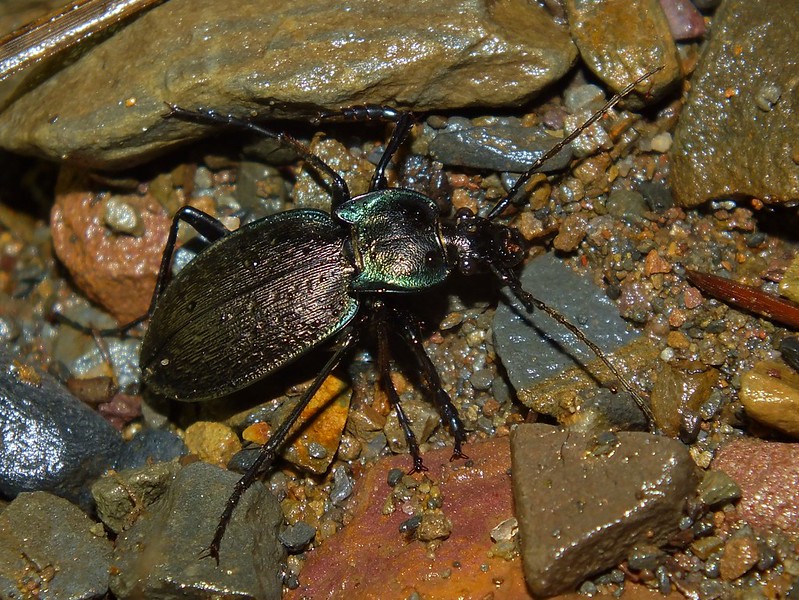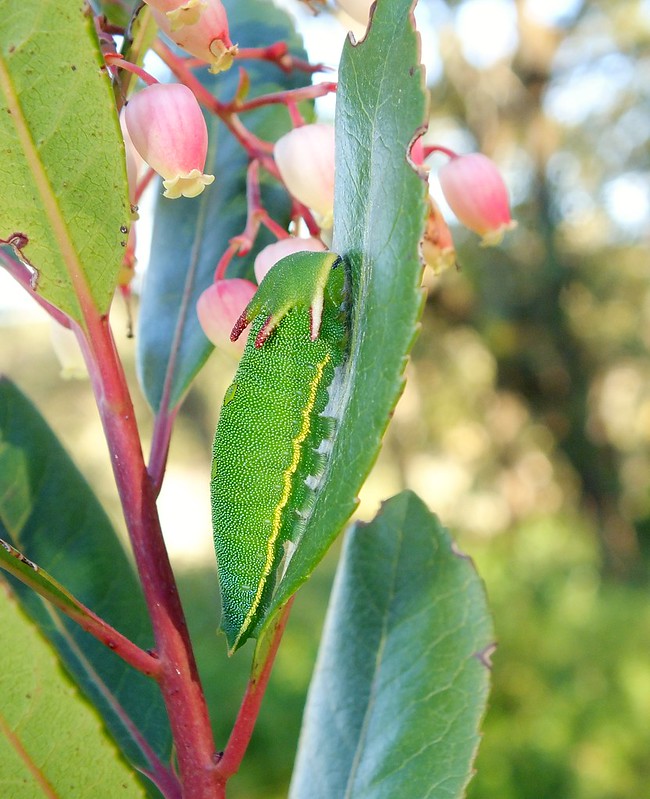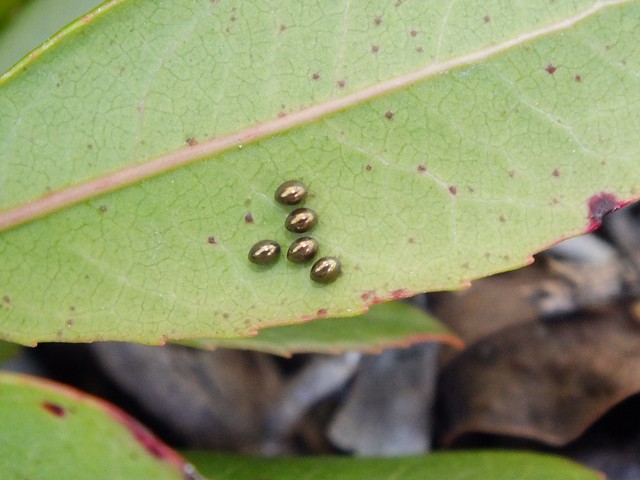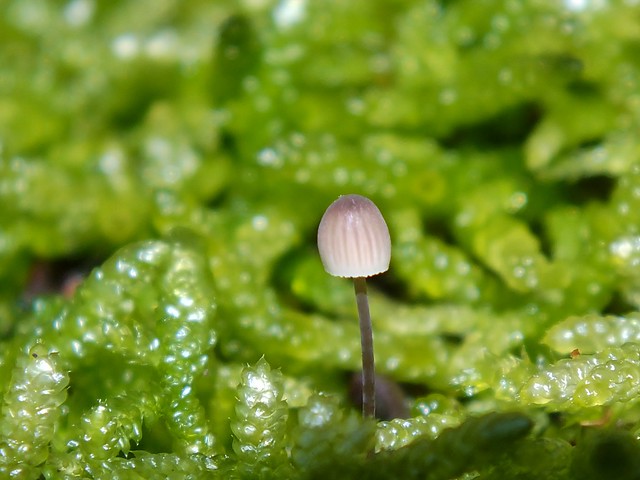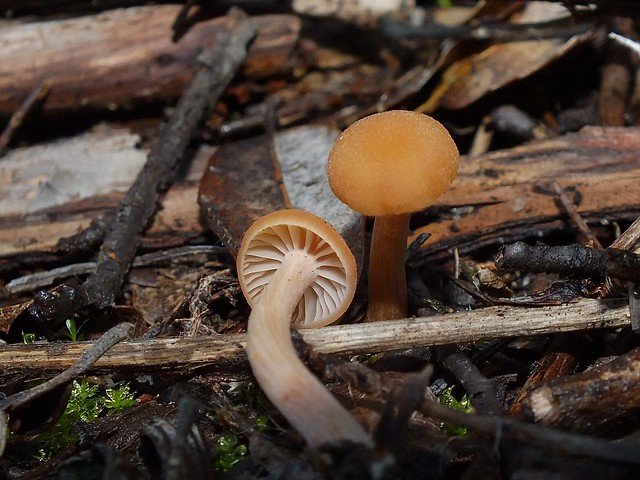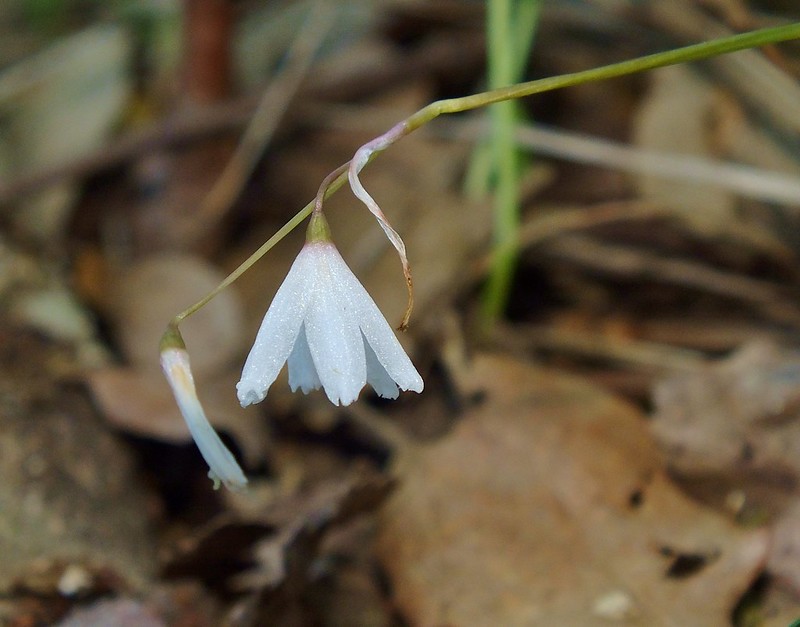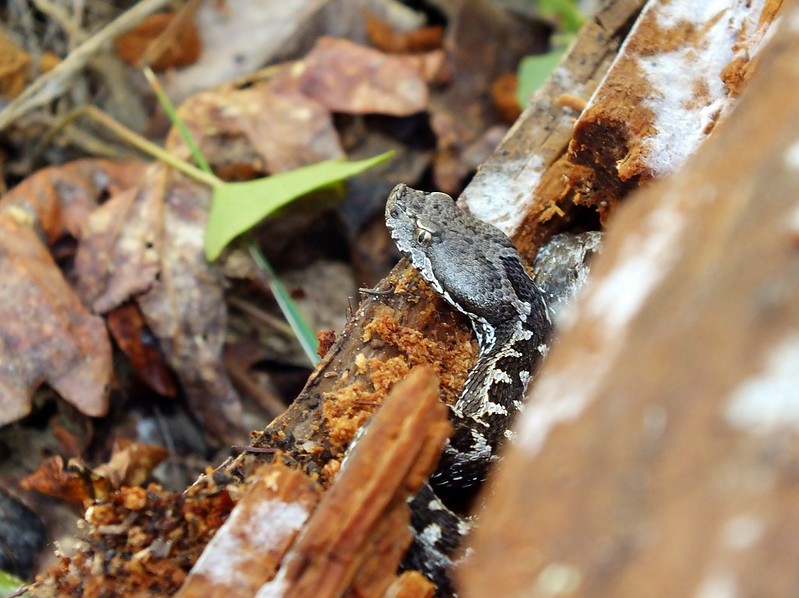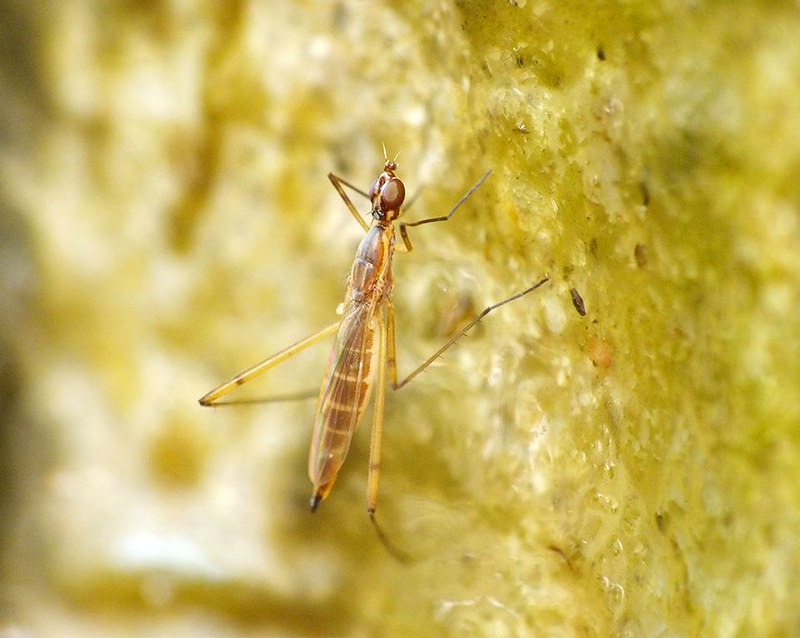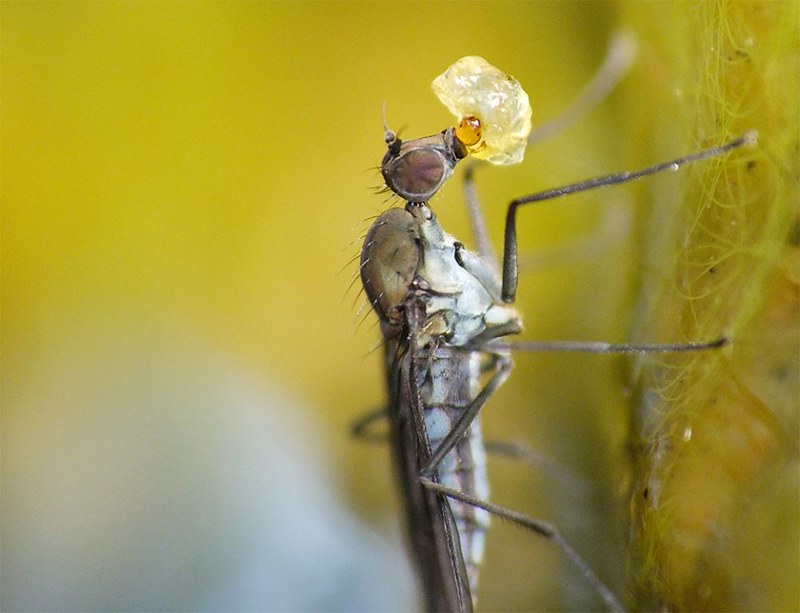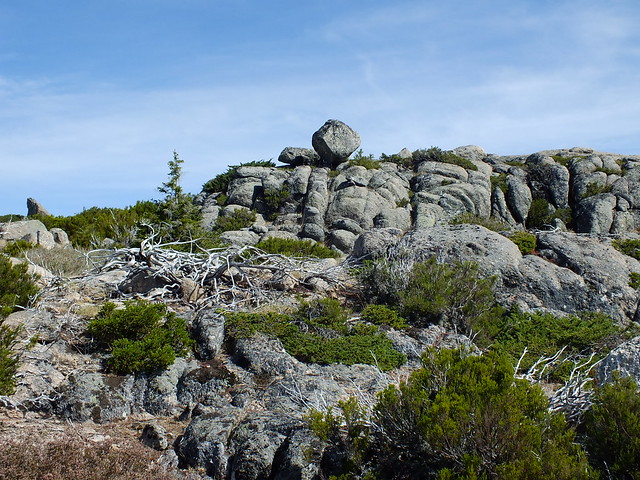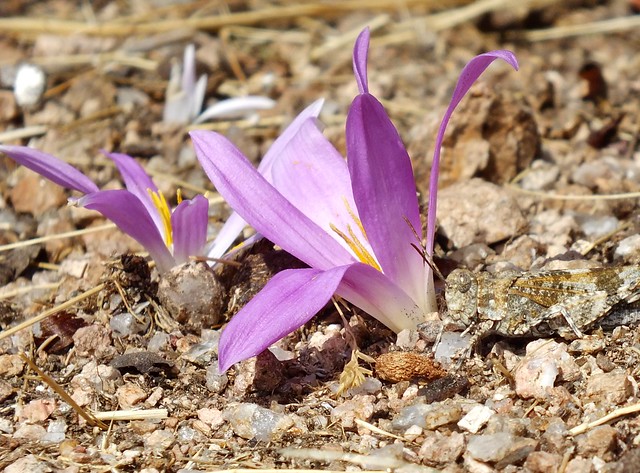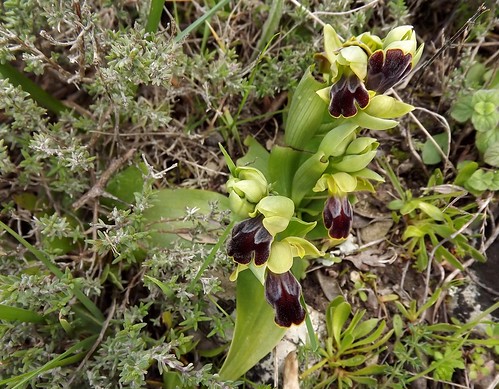No dia 22 de Dezembro, participei numa armadilhagem para borboletas nocturnas na Serra da Lousã. O local, que desconhecia até à data, foi o Terreiro das Bruxas. Como já chegámos de noite não pude observar muito bem o meio envolvente mas, quanto ao que pude ver, é um habitat dominado por Pinus pinaster, com vários espécimes de Castanea sativa e de Quercus robur, além das invasoras Acacia spp. É de referir, aliás, que a Serra da Lousã se encontra deveras afectada pelo problema das espécies invasoras.
A temperatura esteve relativamente amena para a época do ano (aproximadamente 6 ºC) e observámos, ao todo, 9 espécies diferentes. Entre elas, 10 machos de Poecilocampa populi, um lepidóptero típico desta altura e que em inglês tem o nome de December Moth. A Serra da Lousã é uma nova localização para esta espécie.
A lista de espécies é a seguinte:
Agrochola lychnidis (1)
A. blindaensis (6)
Epirrita sp. (4)
Watsonala uncinula (2)
Chesias legatella (1)
Poecilocampa populi (10)
Conistra vaccinii (1)
Pachycnemia tibiaria (1)
Choloclysta siterata (aprox. 8)
Tenho a agradecer ao Pedro Pires e à Tatiana Moreira pela oportunidade em os acompanhar nesta saída que, de resto, se revelou muito prolífica. Sem dúvida que armadilhar nesta altura do ano compensa.
Choloclysta siterata (aprox. 8)
Tenho a agradecer ao Pedro Pires e à Tatiana Moreira pela oportunidade em os acompanhar nesta saída que, de resto, se revelou muito prolífica. Sem dúvida que armadilhar nesta altura do ano compensa.
Claro que nem tudo foram lepidópteros: aproveitei para explorar um pouco em redor e encontrei 2 S. salamandra e um Carabus cf. amplipennis, cujo registo aqui fica.
